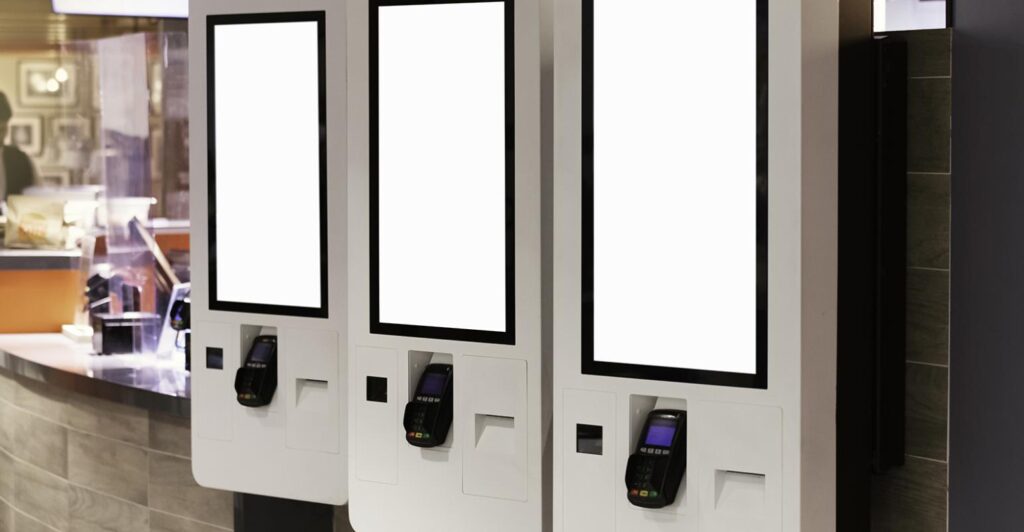How self-service tech is saving jobs in California’s $20 minimum wage era
The wage requirements are accelerating a technological shift.
19 August 2024
Share this exclusive content from Saladplate

Photo Credit: Getty Images
When California passed AB 1228 earlier this year, mandating a $20 minimum wage for fast-food workers, the industry braced for impact. Concerns of widespread layoffs, reduced hours, and significant price hikes to offset labor costs took over. Four months into this significant change for the industry, another narrative is emerging. Restaurants have pivoted, adapted and continued to focus on delivering what they can control: a rewarding experience for guests and team members alike, and one that increasingly leans on technology to drive better business results.
In many ways the legislation accelerated what innovative restaurant brands already knew. The fast-food industry has long been primed for a digital transformation, and the new wage requirements are only accelerating this technological shift. Change, though scary, is necessary to grow.
There have been many doomsday headlines that claim robots are taking away jobs. Despite the concerns, that’s not the case for the restaurant industry. The industry continues to be fueled by people serving people. At Bite, an innovative kiosk provider to the industry, our north star is and will always be to elevate hospitality everywhere, and technology will not threaten that, regardless of whatever app or burger-flipping machine comes out next. But what digital can do, and do well, is enhance hospitality.
Contrary to initial fears, many restaurants are finding that implementing self-service technology like intelligent kiosk solutions allows them to maintain their workforce rather than eliminate it. Part of this stems from the strategic reallocation of labor. No one’s role at the cashier is limited to order-taking. Typically, their job will consist of order-taking, bagging food, cleaning, answering questions and other miscellaneous counter tasks.
By implementing self-service technology, kiosks can manage the routine order-taking part of their job so employees can better focus their time on manual, hands-on tasks that improve food quality, cleanliness and ultimately the guest experience. Moreover, the efficiencies from kiosks are substantial. With a 99% order accuracy rate, they reduce wait times and improve guest satisfaction, allowing restaurants operating under razor-thin margins to serve more customers, faster.
The other critical piece that technology can provide is value creation. The most important labor metric for restaurants isn’t the total labor line but their sales per labor hour, and intelligent kiosk solutions are proven sales boosters. On average, check sizes via kiosks are 20% higher than traditional cashier transactions. This uplift isn’t from price hikes, but from customers feeling more comfortable exploring menu options, customizing orders, and responding to tailored upsell suggestions powered by artificial intelligence. If sales per labor hour increase, rising minimum wages have less material impact on the bottom line.
These outcomes — improved efficiency for guests and team members, sales growth and improved hospitality — don’t result from reduced labor or price hikes. They’re a result of leveraging smart technology to adapt to inevitable industry changes. And it’s a playbook the industry has plenty of experience with, from the success of online ordering for QSR to tabletop tablets at casual dining that allow guests to pay their check and leave on their own timeline. These self-service solutions create a more efficient, customer-centric restaurant ecosystem that’s best equipped to adjust to changing times.
As other states consider similar legislation, California is an important use-case for what’s to come. The key takeaway is that with the right technology investments, wage increases don’t have to lead to job losses or significant price hikes. Instead, they can catalyze a transformation that benefits employees, customers, and businesses alike. As this transformation unfolds, it’s reshaping not just California’s fast-food landscape, but potentially setting a blueprint for the industry nationwide.

Source: Nation’s Restaurant News



